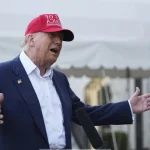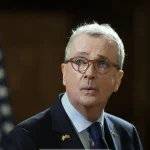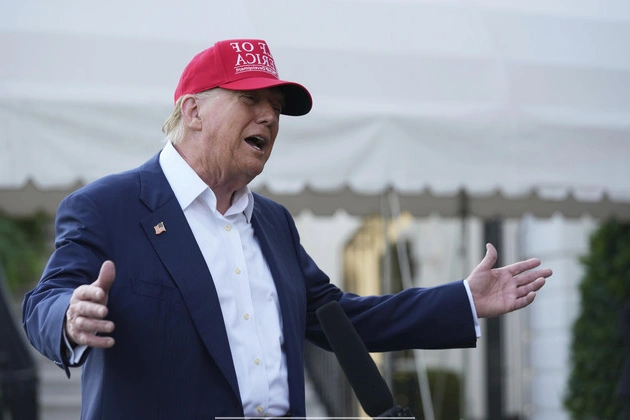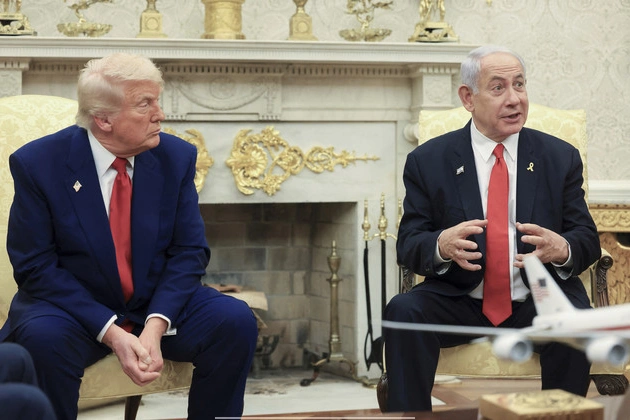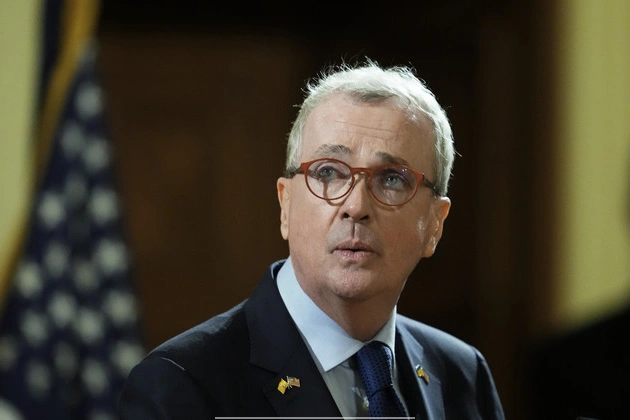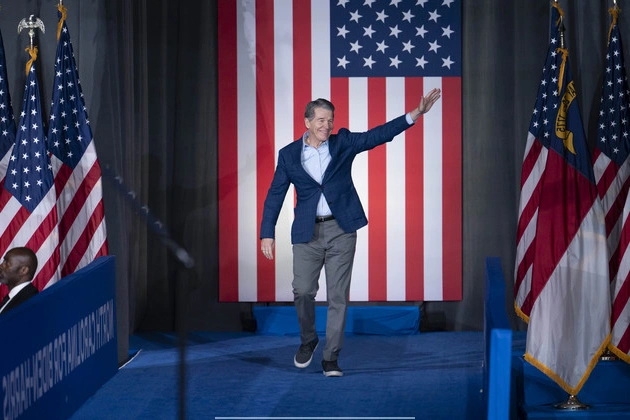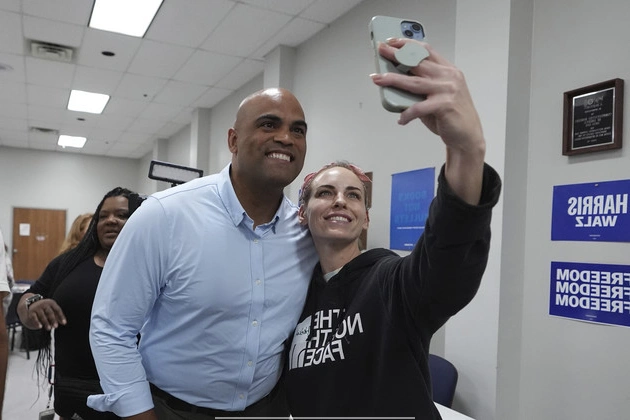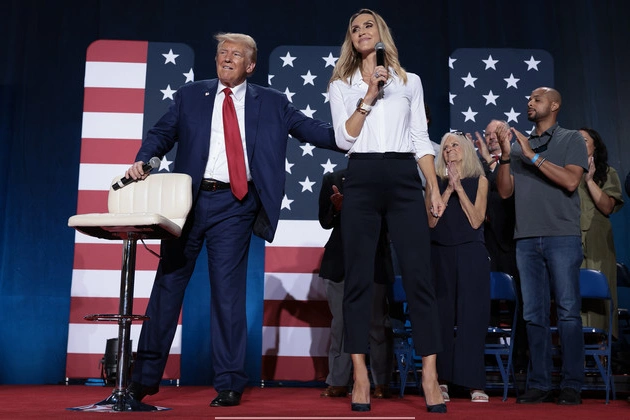
In the realm of foreign policy, Donald Trump’s promises have met with challenges and the harsh reality of implementation. As the 100-day mark of his second term approaches, his ambitious agenda faces scrutiny and skepticism.
Trump’s Vision: End Wars, Secure Borders, Fair Trade
Trump’s foreign policy orientation, focused on ending wars, securing borders, and promoting fair trade, resonated with many voters. However, the execution of these goals has been turbulent, leading to a decline in approval ratings.
The Struggle for Peace and Trade Deals
Despite campaign rhetoric suggesting easy solutions to complex issues like peace in the Middle East and Ukraine, Trump’s efforts have encountered real-world obstacles. His maximalist approach and power politics have strained relationships with both allies and adversaries.
Redefining America’s Role in the World
Trump’s transactional approach to diplomacy has reshaped America’s alliances and engagements. By prioritizing a sovereign wealth fund, reshoring manufacturing, and reducing dependence on China, he aims to assert an ‘America First’ foreign policy.
However, these shifts have caused unease among traditional allies and drawn criticism for their disruptive nature.
Challenges and Controversies
From failed negotiations with Russia over Ukraine to stalled trade talks with China, Trump’s diplomatic endeavors have faced setbacks. The administration’s confrontational stance has strained relationships with key partners, leading to uncertainty and economic repercussions.
Looking Ahead
Despite challenges and criticisms, the White House remains optimistic about the long-term benefits of Trump’s foreign policy approach. With a focus on strength, strategic engagement, and trade negotiations, the administration aims to deliver on its promises and secure America’s interests.
As the global landscape evolves, Trump’s foreign policy continues to shape international dynamics and provoke reactions from allies and adversaries alike.
